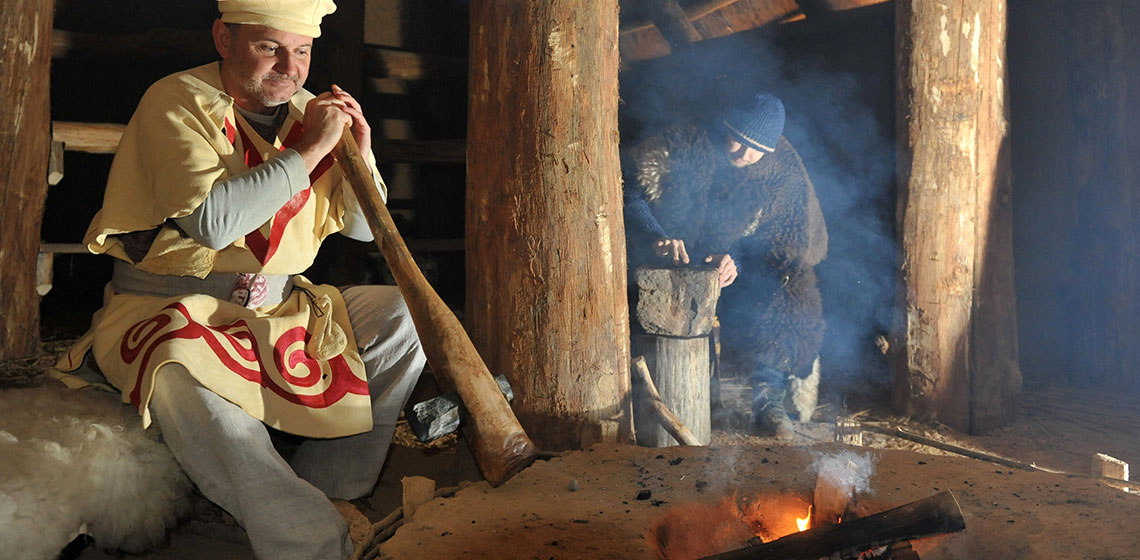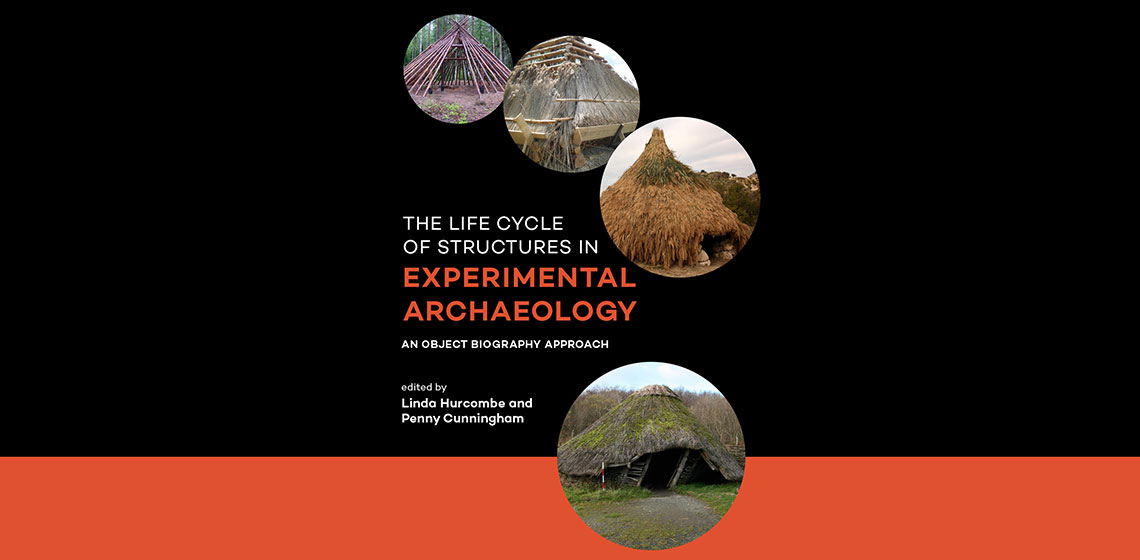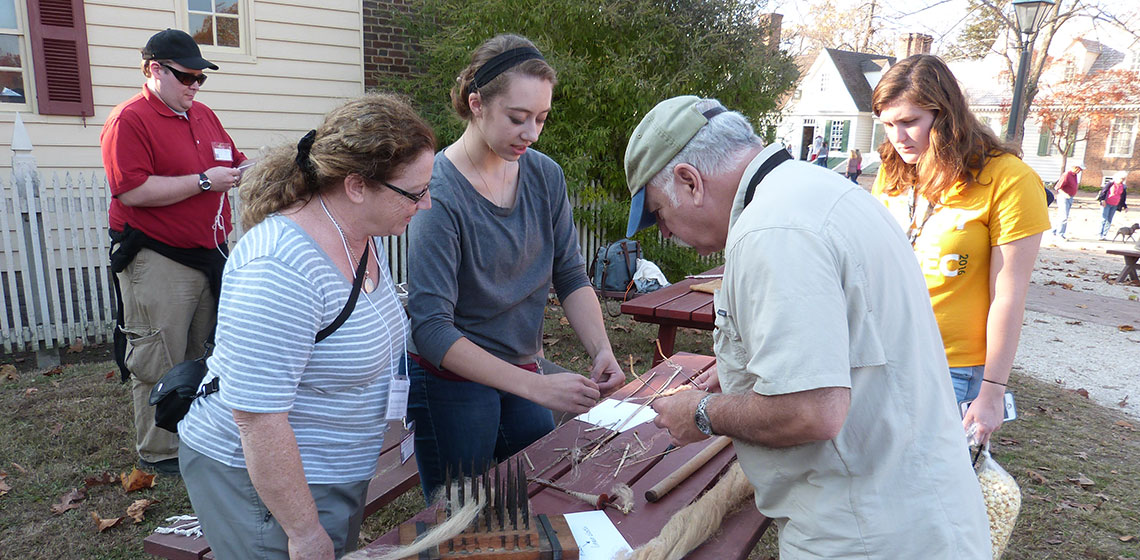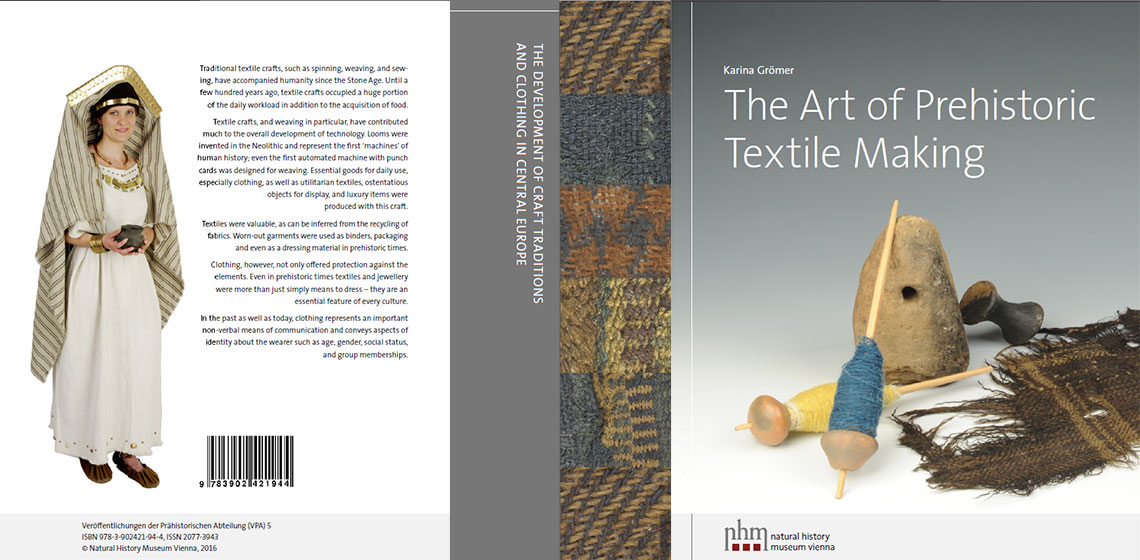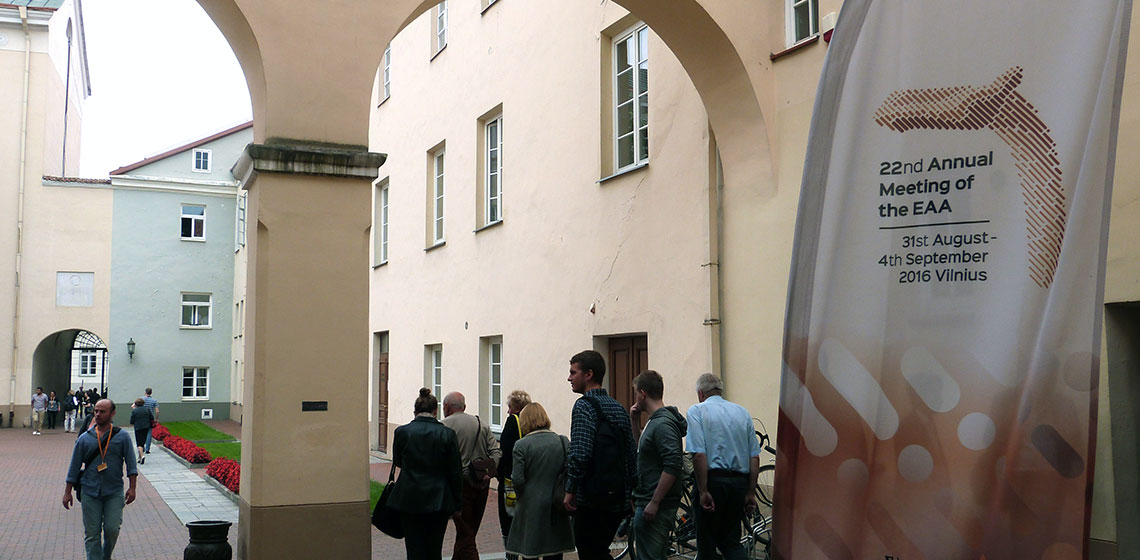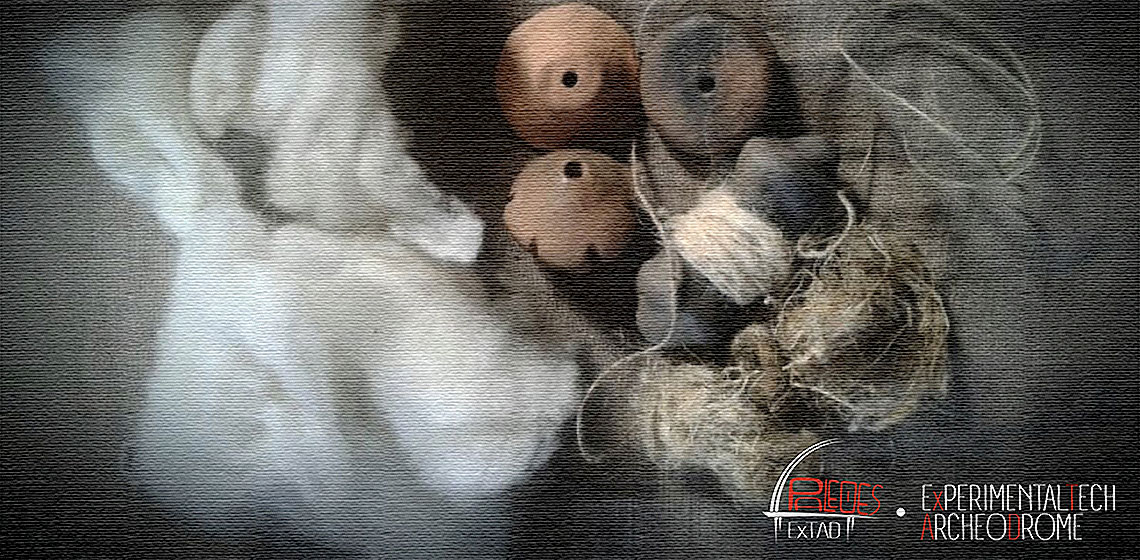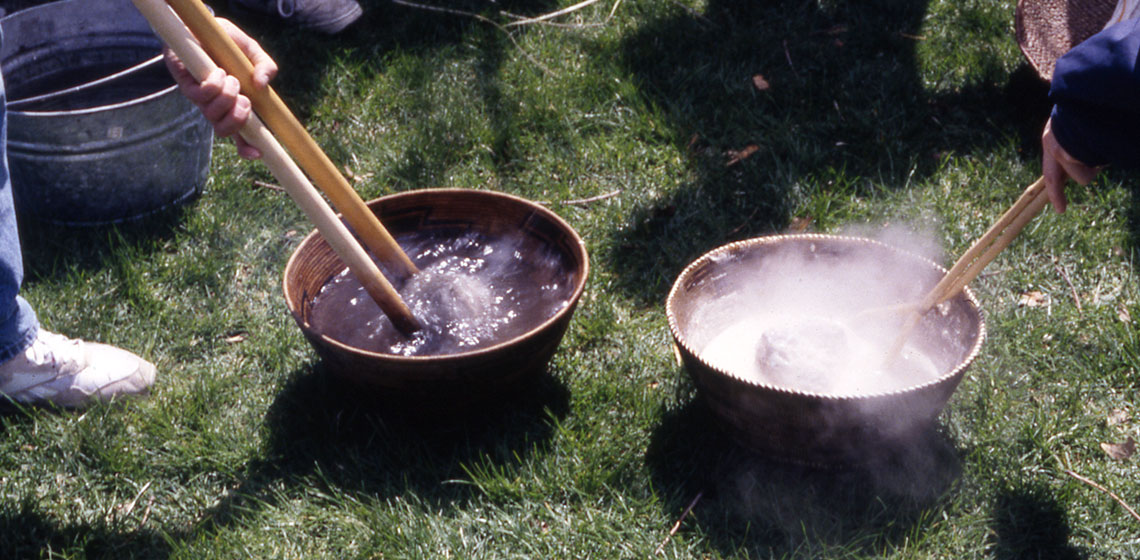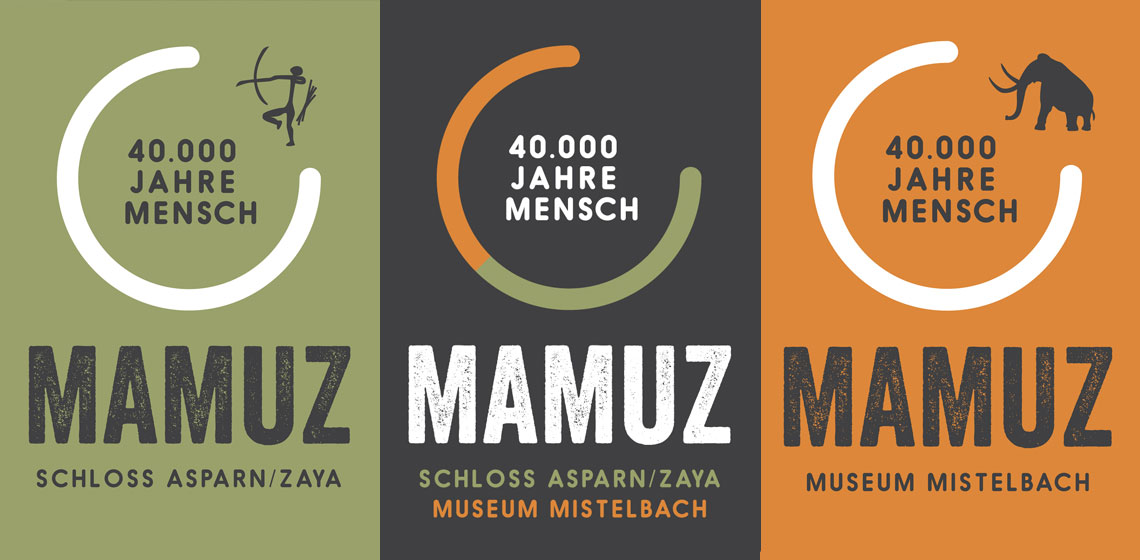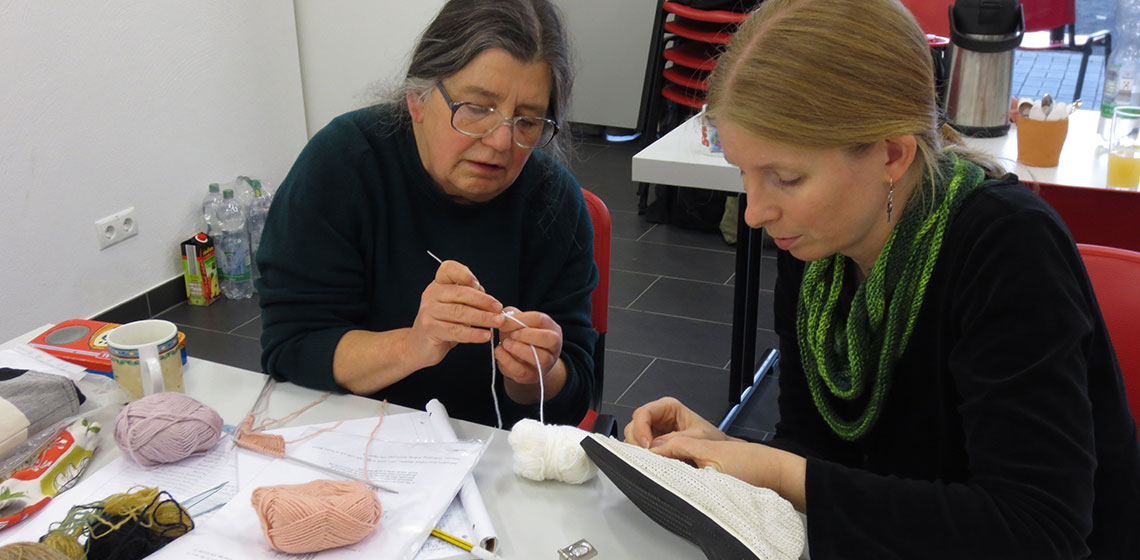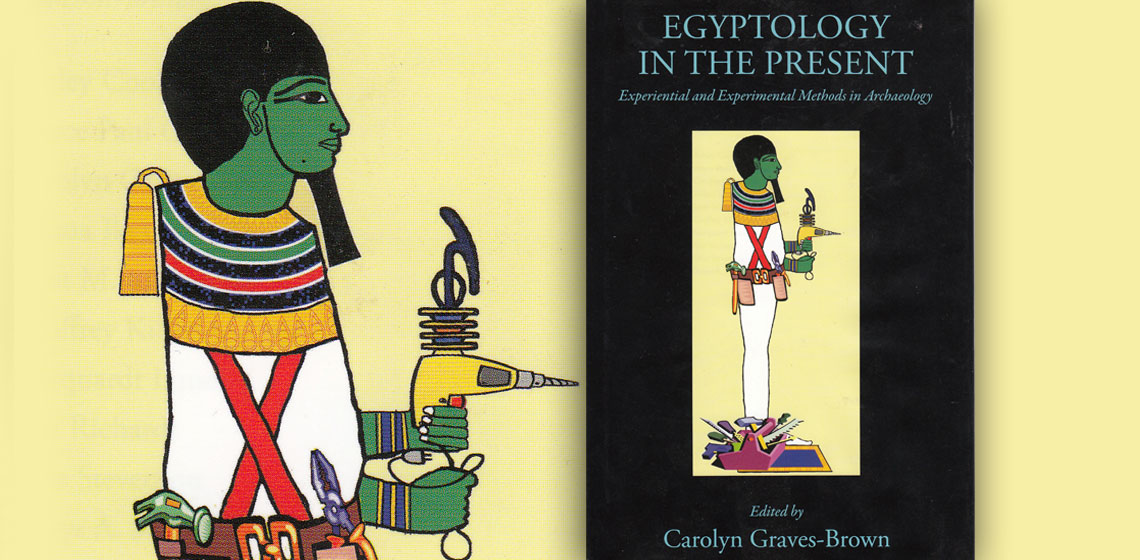Chalcolithic
“Days of Living Archaeology” at the Prehistoric Archaeopark Vsestary, Czech Republic
Publication Date
Until recently, the presentation of archaeology in the Czech Republic was solely connected to classic museum exhibitions. Unfortunately, not all museums have archaeological exhibitions. For example, the National Museum in Prague currently does not have any, not even temporary, archaeological exhibition due to the reconstruction of the historical building...
Book Review: the Lifecycle of Structures in Experimental Archaeology – An Object Biography Approach by L. Hurcombe and P. Cunningham
Publication Date
This book is made up of 16 papers that are a collection of results from a European Culture Project (OpenArch) that ran from 2010-2015. It was edited by Linda Hurcombe and Penny Cunningham. This work is dedicated to the late shipwright Brian Cumby, who was deeply involved with making replicas of several prehistoric boats...
Conference Review: Reconstructive & Experimental Archaeology Conference REARC 2016
Publication Date
REARC Conferences
***The 2016 REARC conference hosted by EXARC in Colonial Williamsburg, Virginia, from November 18th to the 20th, was an unforgettable experience. After a midnight drive and a short night's rest it was time to listen to papers. Everyone giving a presentation was incredibly knowledgeable and the passion they had for their topics...
***The 2016 REARC conference hosted by EXARC in Colonial Williamsburg, Virginia, from November 18th to the 20th, was an unforgettable experience. After a midnight drive and a short night's rest it was time to listen to papers. Everyone giving a presentation was incredibly knowledgeable and the passion they had for their topics...
Book Review: The Art of Prehistoric Textile Making: The Development of Craft Traditions and Clothing in Central Europe by Karina Grömer
Publication Date
Textile research has made significant advances in recent years as new technologies and methods are developed, tested, and applied to the analyses of archaeological textiles. The FWF-Project1, a collaborative research effort involving researchers and artists from institutions in Austria, the Netherlands, and Germany, engaged in ...
Conference Review: EAA Vilnius – about Archaeological Tourism, Visualisation, Experiment and Reconstruction
Publication Date
The European Association of Archaeologists held its annual conference of 2016 in Vilnius, Lithuania. About 1,500 participants attended a programme, with a similar number of papers, in over 100 sessions. About a dozen EXARC members attended; what follows here is a review of three sessions...
Event Review: Archeofest 2016: among Experimental Archaeology, Ethnography and Scientific Disclosure
Publication Date
The Archeofest is an experimental archaeological festival designed by Paleoes - eXperimentalTech ArcheoDrome (EXTAD), a cultural association comprising of experimental archaeologists, anthropologists, experts of ancient technologies and their re-enactments, whose focus on making the archaeological knowledge more comprehensive to the public...
Cooking in Baskets Using Hot Rocks
Publication Date
Baskets are among the most ancient of human artefacts. Everyone is familiar with their most common functions as containers for transport and storage. When told that baskets have also served as cooking vessels, most people will be unable to conceive of how this is possible, yet this was a primary function of baskets for many cultures of the past, and some until the present...
The Archaeological Open-Air Site of the Museum of Prehistory MAMUZ and Its Cultural Touristic Development
Publication Date
MAMUZ is the new name that combines the Lower Austrian museum of prehistory Niederösterreich Asparn/Zaya and the museum centre Museumszentrum Mistelbach to create a centre of experiences and knowledge covering 40,000 years of the history of the human race. Using the example of its archaeological open-air site, the museum of prehistory MAMUZ aims to...
Conference Review: European Textile Forum 2015
Publication Date
The European Textile Forum (Textilforum) was held between the 2nd and 9th November 2015, at the Laboratory for Experimental Archaeology (LEA) in Mayen, Germany. LEA kindly hosted the European Textile Forum as part of their inaugural event in 2012 and since then the Director Michael Herdick has invited the conference to return annually...
Book Review: Egyptology in the Present: Experiential and Experimental Methods in Archaeology by C. Graves-Brown (Ed)
Publication Date
The eye-catching and colourful cover illustration of the Egyptian creator-God Ptah, fully-equipped with modern toolkit, promises an informative journey into experiential and experimental archaeology in Egyptology...

